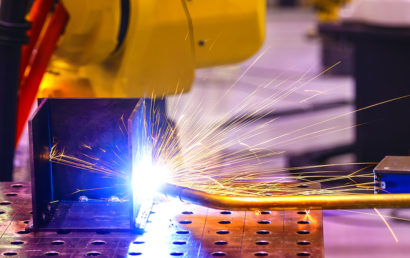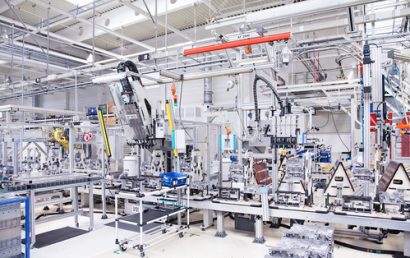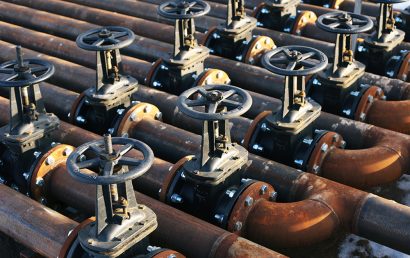In Extreme Low Temperatures, Erosion And Ice Are Deadly Without Thermal Spray Coatings
Whether we are talking about every day, common wintery conditions in the northern most states or shockingly cold weather in countries like Siberia, the effects that low temperatures can have on our lives, and the disruption that they can cause, have been experienced by most of us. Imagine how, on an industrial scale, the impact of those conditions would be magnified, especially without the protection of thermal spray coatings.
In industries such as aerospace and wind power generation, the need for low temperature operation is emerging now more than ever. These extreme weather conditions promote a highly corrosive environment. This can make for an unreasonably short lifespan of currently used materials. Short lifespans mean heightened maintenance needs and even higher operational expenses.
Past Equipment Protection Insufficient
Unfortunately, past protection methods (surface coatings) used in order to prevent erosion and icing had met with less than sufficient success. This meant that the industry had to rely on chemical bleed or heating for deicing. Complexity, cost, and weight were added by these techniques, as well as creating requirements for additional maintenance.
Good news seems to be appearing on the horizon however. A project is being investigated that would, when used on composite structures, involve anti-icing materials that are erosion resistant and self-renewing. The project is known as the “Erosion and Ice Resistant composites for severe Operating conditions” – or EIROS, for short. For this composite mix, industrial applications will include automotive facia, use in aerospace cryogenic tanks, aircraft wing edges, wind turbine blades, and more.
The Benefits of EIROS
EIROS’ implementation will create training opportunities and employment. Additionally, due to the subsequent CO2 emission reduction and the improved structure’s new lighter-weight characteristics, environmental impact will be reduced. More specifically, the following benefits should also be seen by EIROS:
- Automotive – if fitted to all vehicles, a savings of 7% weight could be discovered. This is the equivalent of nearly 3 1/2 million barrels of crude oil. If only 5% of vehicles were fitted, technology would still save barrels of crude oil equaling approximately 170,000 (and the CO2 associated with them).
- Vehicles used in space launches – for small launch vehicles, per launch, a savings of nearly $3 million.
- Aerospace – if active de-ice systems were enhanced, a cost of over $11 million could be saved, as well as valuable time.
- Wind energy sector – in cold climates, a 5% efficiency improvement could result.
Thermal Spray Coatings for Rotorcraft and Aerospace
When it comes to the aerospace and rotorcraft industries, the use of high quality thermal spray is nothing new. It is used to promote higher speed in rotorcraft and aircraft engines (as well as various components related to the industry), reduce maintenance costs, increase fuel efficiency, and more.
At A&A Coatings, we employ top-notch spray technicians and materials engineers. When it comes to the development of rotorcraft and aerospace industry thermal spray coatings, our representatives and company are rich with experience. We use the latest, most sophisticated solutions for protective coatings and thermal spray which assures the durability of your products. Our esteemed clients enjoy our quick turnaround and competitive pricing, as well. Contact us today to see how you can benefit from thermal spray protective coatings, even if you aren’t involved in aerospace and rotorcraft.



